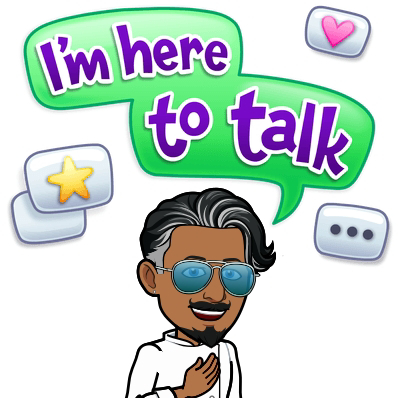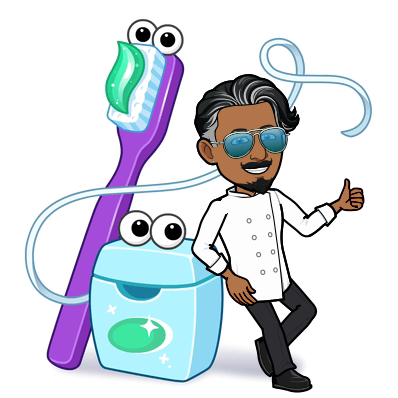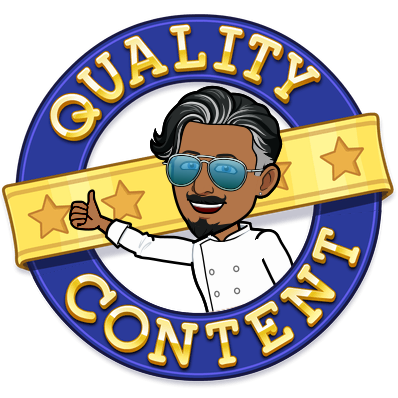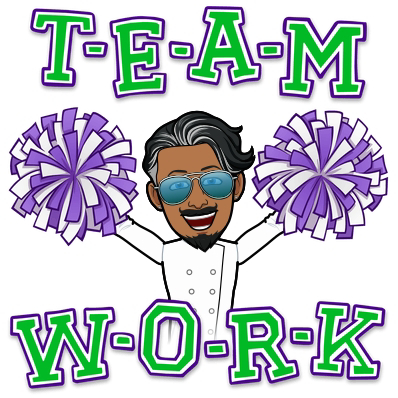❤️ Bsmart ❤️ Bluetooth powered toothbrush 🪥🤳🦷
Title: Bluetooth-Powered Toothbrush: A Novel Way to Monitor Oral Hygiene Practice
Introduction:
The traditional toothbrush has been used for centuries as the primary tool for oral hygiene maintenance. With advancements in technology, electric toothbrushes have become increasingly popular due to their effectiveness in removing plaque and improving overall oral health. The Bluetooth-powered toothbrush is the latest innovation in the field of oral hygiene, providing real-time feedback on brushing habits and improving the overall user experience.
Advantages:
1. Real-time feedback: The Bluetooth-powered toothbrush provides real-time feedback on brushing habits, enabling users to improve their oral hygiene practices.
2. Easy monitoring: The toothbrush sends data to a mobile app, allowing users to monitor their brushing habits and track their progress over time.
3. Personalized brushing: The toothbrush can be customized to individual preferences, including brush intensity, duration, and frequency.
4. Improved compliance: The real-time feedback and monitoring provided by the Bluetooth-powered toothbrush can improve user compliance with recommended oral hygiene practices.
5. Enhanced user experience: The toothbrush is user-friendly and provides a more enjoyable brushing experience than traditional toothbrushes.
Disadvantages:
1. Cost: Bluetooth-powered toothbrushes can be more expensive than traditional toothbrushes, making them less accessible to certain populations.
2. Dependence on technology: The toothbrush relies on technology to function, which can be problematic if there are connectivity issues or malfunctions.
3. Privacy concerns: The data collected by the toothbrush and mobile app can raise privacy concerns if not properly secured.
4. Battery life: The toothbrush requires regular charging, which can be inconvenient for some users.
5. Learning curve: The Bluetooth-powered toothbrush may take some time for users to get accustomed to, as it requires the use of a mobile app and new brushing techniques.
Conclusion:
The Bluetooth-powered toothbrush is a novel way to monitor oral hygiene practices and improve overall oral health. While it has many advantages, there are also several disadvantages that need to be considered. As with any new technology, it is important to weigh the benefits and drawbacks before deciding if it is the right choice for you.👍🏻 Connecting an Arduino microcontroller to a toothbrush with a motion sensor and Android application is a great way to create a Bluetooth-powered toothbrush that can monitor brushing habits and provide real-time feedback to the user.
To get started, you will need an Arduino microcontroller, a motion sensor, and a Bluetooth module. You will also need to download and install the Arduino IDE on your computer. Once you have these components, follow these steps:
1. Connect the motion sensor to the Arduino microcontroller using the appropriate wiring diagram.
2. Connect the Bluetooth module to the Arduino microcontroller using the appropriate wiring diagram.
3. Write the code for the Arduino microcontroller using the Arduino IDE. The code should include instructions for reading data from the motion sensor and sending that data to the Bluetooth module.
4. Upload the code to the Arduino microcontroller.
5. Install the Android application on your mobile device. The application should be designed to receive data from the Bluetooth module and provide real-time feedback on brushing habits.
6. Connect the Arduino microcontroller to the toothbrush using the appropriate mounting hardware.
7. Turn on the Bluetooth module and pair it with your mobile device.
8. Begin brushing with the Bluetooth-powered toothbrush, and monitor your brushing habits in real-time using the Android application.
By connecting an Arduino microcontroller to a toothbrush with a motion sensor and Android application, you can create a powerful tool for improving your oral hygiene practices. With real-time feedback and monitoring, you can ensure that you are brushing your teeth effectively and consistently, leading to better oral health in the long run.👍🏻
1. The oral hygiene tool will be a Bluetooth-powered toothbrush that uses artificial intelligence and machine learning models for early diagnosis detection of dental cavities in school going children.
2. The toothbrush will have a built-in sensor that will collect data on brushing habits, including duration, frequency, and intensity.
3. The collected data will be transmitted to a mobile application via Bluetooth for analysis.
4. The machine learning model will analyze the collected data and compare it to a dataset of known early symptoms of dental cavities.
5. The model will provide real-time feedback to the user on their brushing habits and notify them if any early symptoms of dental cavities are detected.
6. The mobile application will have a user-friendly interface that displays brushing habits data and provides personalized recommendations for oral hygiene practices.
7. The toothbrush will be designed to be lightweight, durable, and easy to use for children.
8. The Bluetooth-powered toothbrush will be available in a variety of colors and designs to make it more appealing and engaging for children.
9. The toothbrush and mobile application will be designed to be compatible with multiple mobile operating systems.
10. The oral hygiene tool will be affordable and accessible to a wide range of school going children to promote good oral hygiene practices and early detection of dental cavities.👍🏻
Motion sensors and camera sensors in Bluetooth-powered toothbrushes can play a crucial role in capturing, transmitting, processing, and analyzing data related to dental cavities in children. Here's how:
1. Data capture: Motion sensors in a Bluetooth-powered toothbrush can collect data on brushing habits, including duration, frequency, and intensity. This data can provide insight into the effectiveness of the child's brushing habits, and can also help detect early signs of dental cavities, such as reduced brushing time or improper brushing technique. Camera sensors can capture images of the teeth, gums, and tongue, providing a more detailed view of any dental cavities or other issues.
2. Data transmission: The collected data can be transmitted to a mobile application via Bluetooth for analysis. This data can be used to generate real-time feedback and personalized recommendations for improving oral hygiene practices.
3. Data processing: Machine learning algorithms can process the collected data and compare it to a dataset of known early symptoms of dental cavities. The algorithms can use this comparison to detect any early signs of dental cavities and provide recommendations for prevention and treatment.
4. Data analysis and evaluation: The processed data can be analyzed to evaluate the effectiveness of the toothbrush and the impact of the child's oral hygiene practices on the development of dental cavities. The data can be used to improve the design of the toothbrush and the mobile application, as well as to inform public health policies and guidelines for preventing and treating dental cavities in children.
Overall, motion sensors and camera sensors in Bluetooth-powered toothbrushes can provide valuable data for improving oral hygiene practices and preventing dental cavities in children. By using advanced technology to collect, transmit, process, and analyze data, we can create more effective and personalized approaches to oral health management.👍🏻
Achieving a sustainable development learning path for digital transformation in complete oral health care involves using digital technology and education to promote sustainable and accessible oral health care practices.
The learning path can include the following steps:
1. Educating patients and oral health care providers on the importance of sustainable oral health care practices and the role of digital technology in achieving this goal.
2. Providing digital tools, such as mobile applications and online resources, to facilitate education, communication, and monitoring of oral health care practices.
3. Implementing digital technologies, such as tele-dentistry and digital imaging, to improve accessibility and efficiency of oral health care services, especially in remote and underserved areas.
4. Developing and using artificial intelligence and machine learning models to improve diagnosis, prevention, and treatment of oral health conditions, including dental caries and periodontal diseases.
5. Promoting sustainable and eco-friendly oral health care practices, such as using biodegradable toothbrushes and recyclable dental materials.
6. Fostering interdisciplinary collaborations among oral health care providers, researchers, engineers, and policymakers to innovate and implement sustainable digital solutions for complete oral health care.
By following this learning path, we can promote sustainable and accessible oral health care practices that improve the health and well-being of individuals and communities while reducing environmental impacts and inequalities.
For more details connect us on WhatsApp
Email 💌 dentalexamsin@gmail.com




































Comments